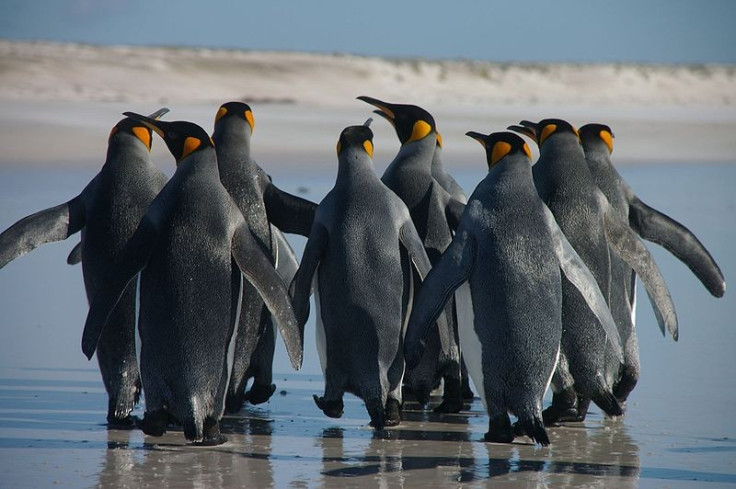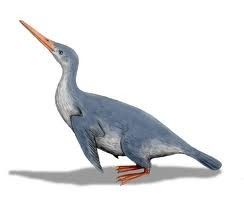Why Can’t Penguins Fly? Guillemots have the Answer
Penguins lost their power of flight in an evolutionary trade-off to enhance diving and swimming abilities

The question as to why penguins cannot fly has been answered by scientists who say they lost the ability in an evolutionary trade-off.
Penguins are one of 40 species of flightless birds, with other examples being emu, ostrich and kiwi. Penguins are thought to have lost their ability to fly around 65 million years ago, during the Cretaceous Period.
Researchers from the University of Aberdeen were part of a team studying guillemots, which are seabirds that closely resemble penguins in their diving and swimming behaviour.
Guillemots, however, are still able to fly, so the team explored the theory that a wing used for flying cannot be as well-adapted to swimming or diving, and vice versa.
They found that guillemots use much less energy than most when diving for food than most birds, but used far more energy for flying - the highest amount of energy expended for a flying bird.
Researcher John Speakman said: "Like many people, I have been fascinated by films of penguins walking across the Antarctic ice, and wondered, why on earth they lost the ability to fly.
"Our findings for the energy expended when diving and swimming by guillemots fit exactly into the predictions of the biomechanical model.

"The lack of flight in penguins has been an enigma, because it leads to some seemingly poorly adapted behaviour. Emperor penguins, for example, walk up to 60 km between their rookeries and the sea - a journey taking several days that could be covered in a few hours if they were able to fly.
"Also, many penguins are targets of predators such as leopard seals, at the points where they enter the ocean. This problem could be easily avoided if penguins could just fly over the top of the predators."
Speakman said that if they apply their theory of wing function to penguins, the loss of flight may have been a result of wanting to maximise wing function in water.
"As penguins evolved, their wings became more and more adapted to swimming and diving in the oceans where they catch their food - making this part of their lives very energy efficient.
"However, at the same time the energy required for flying became greater and greater for the penguin. At some point, it simply became impossible to sustain the very high energy costs of flight, and the birds became flightless. Presumably the efficiency benefits when feeding offset the inefficiency of having to walk everywhere when they were on land."
Kyle Elliot, of the University of Manitoba in Canada, concluded: "Clearly, form constrains function in wild animals, and movement in one medium creates trade-offs with movement in a second medium. Bottom line is that good flippers don't fly very well."
© Copyright IBTimes 2024. All rights reserved.







